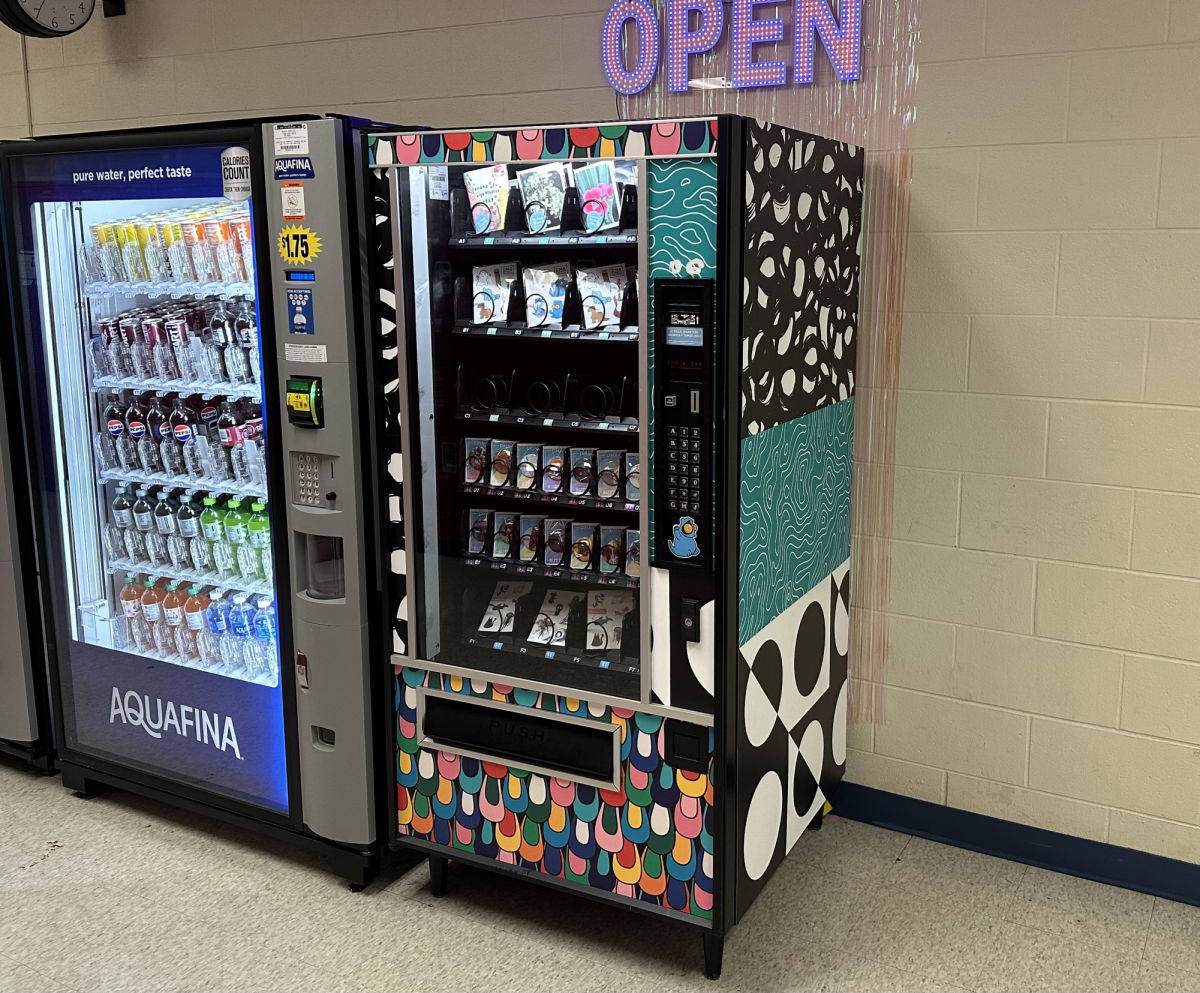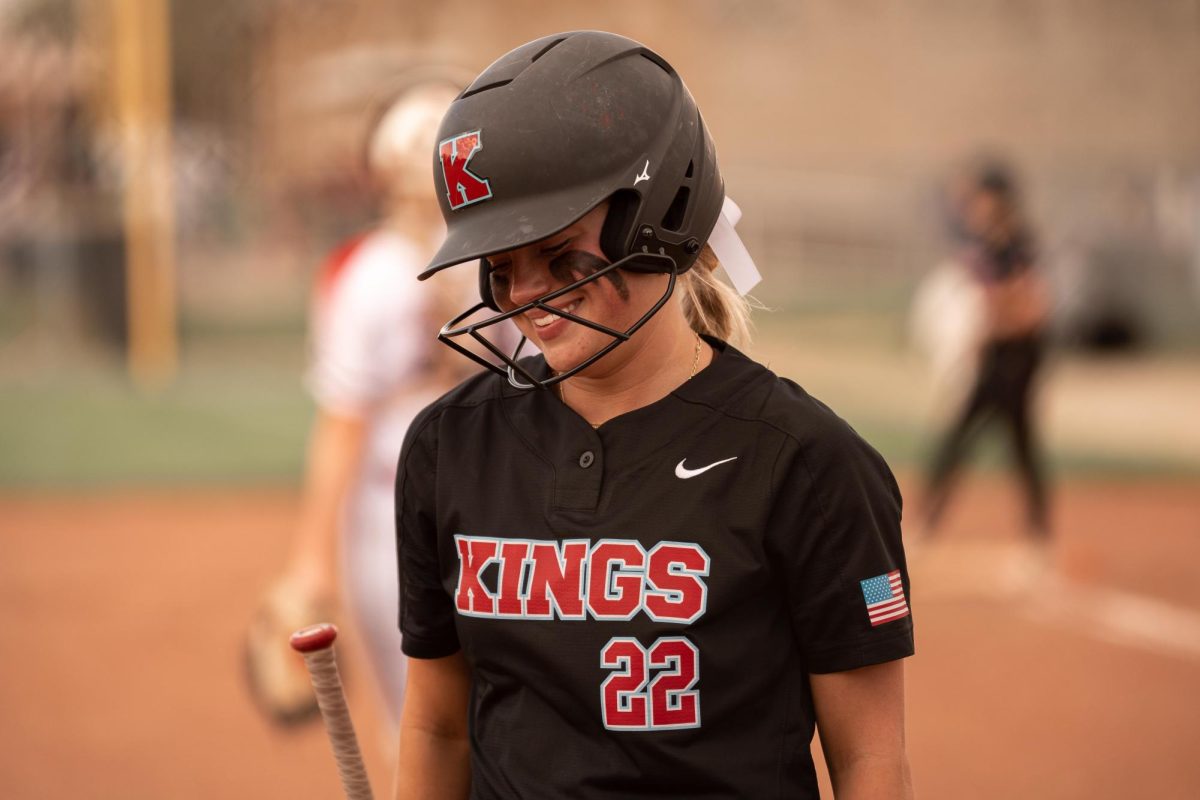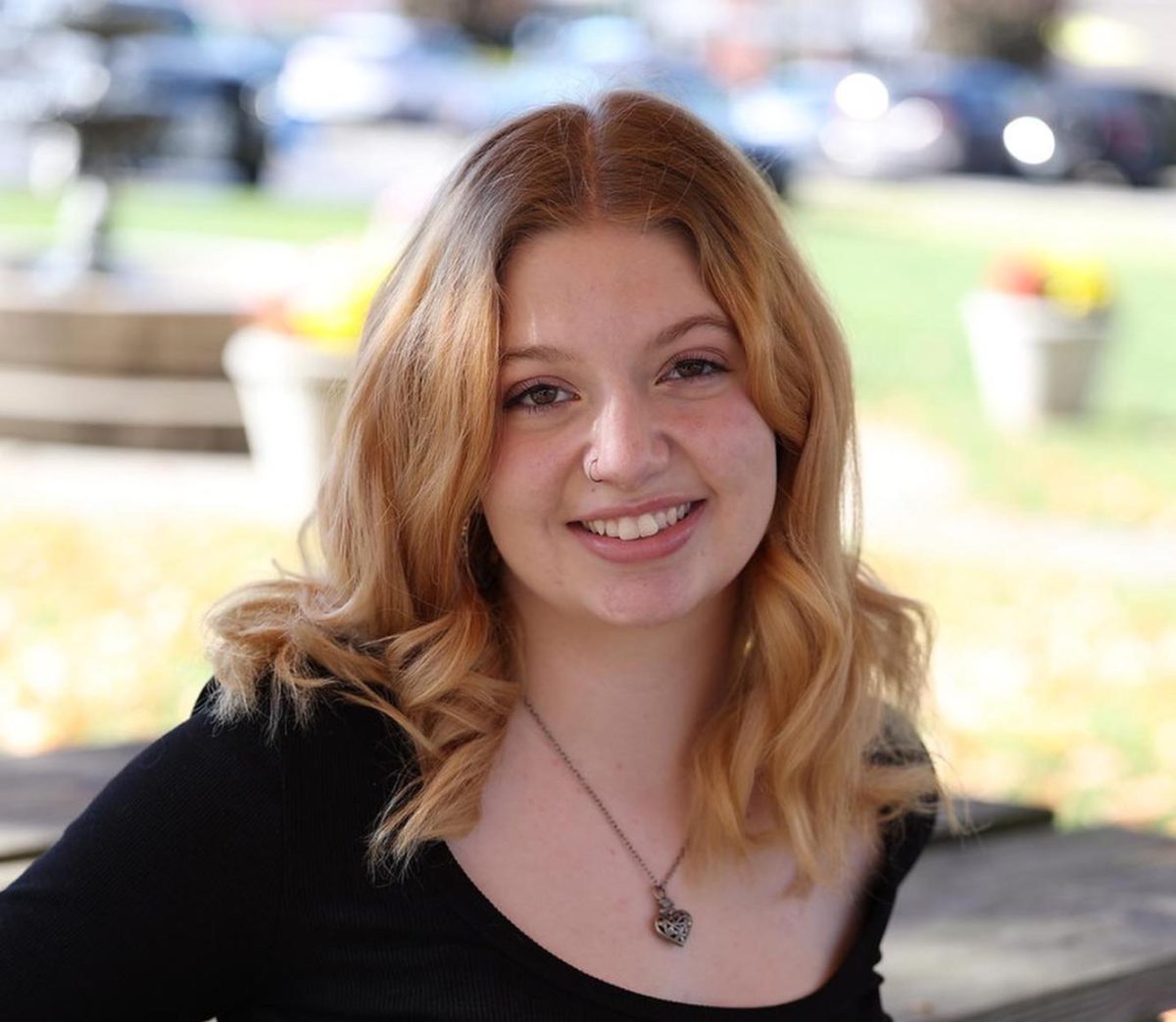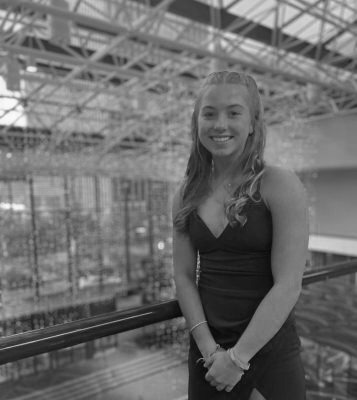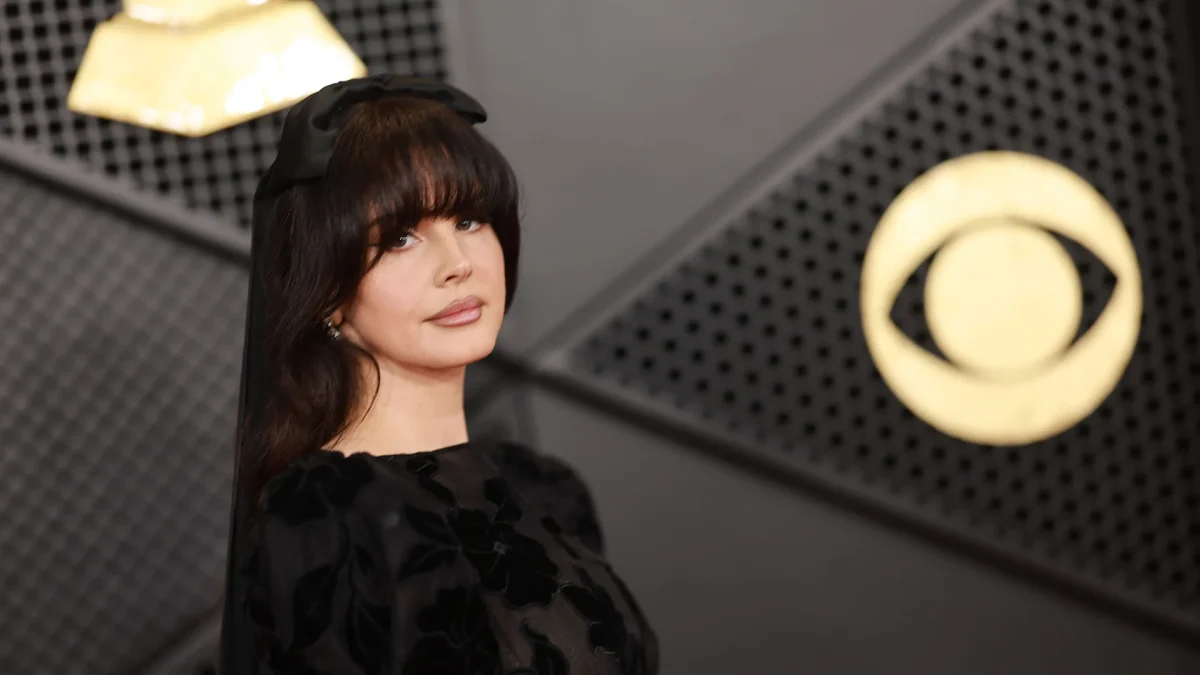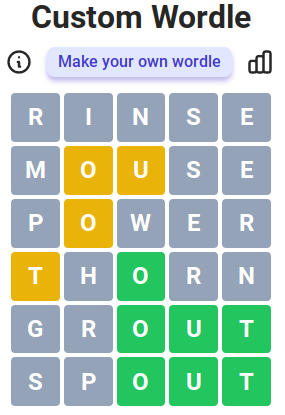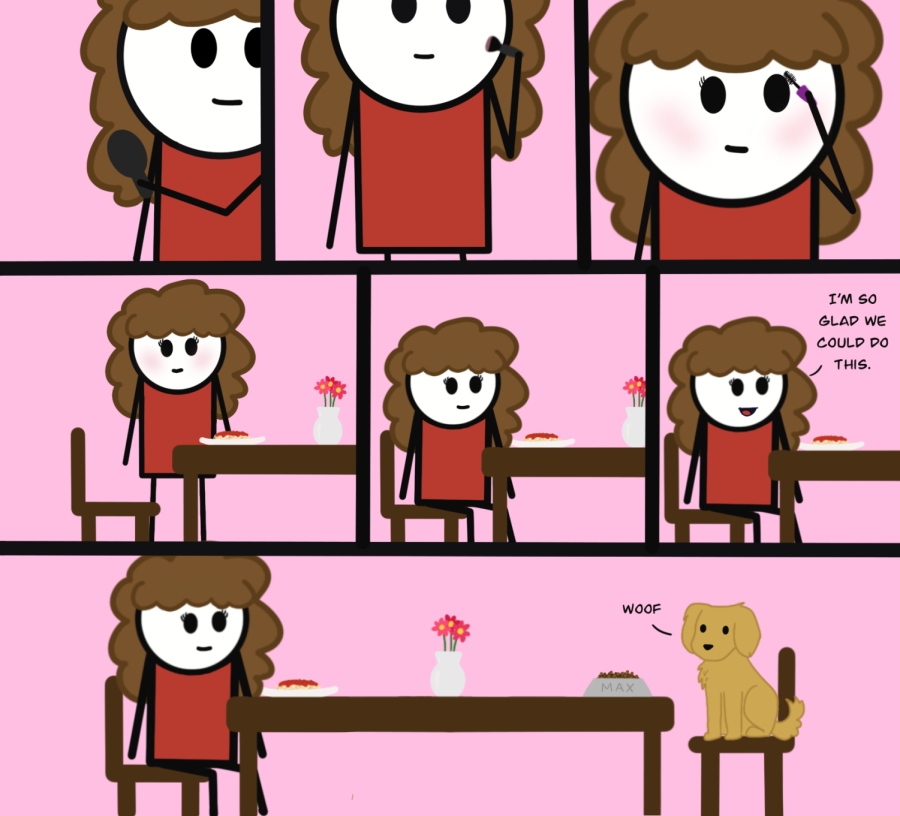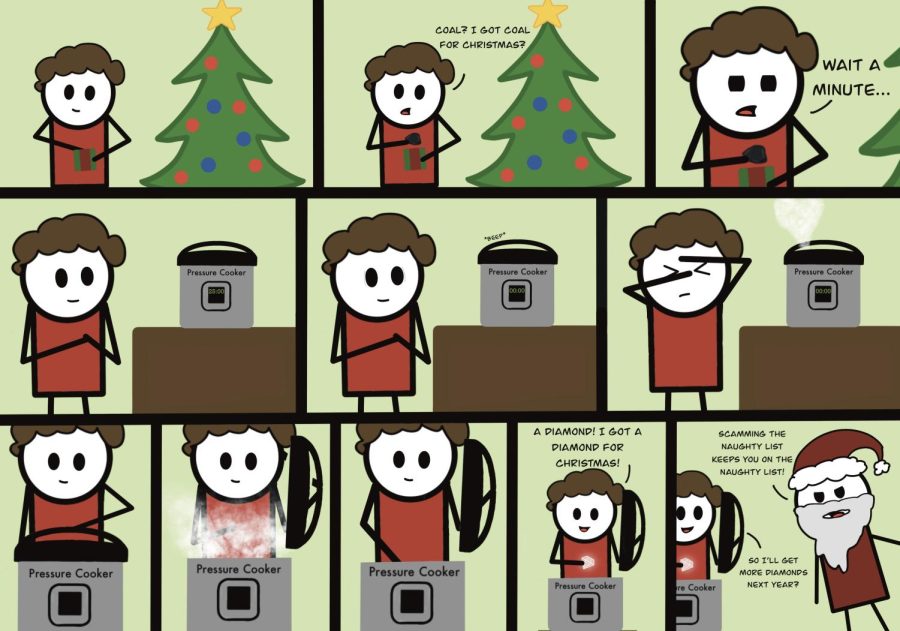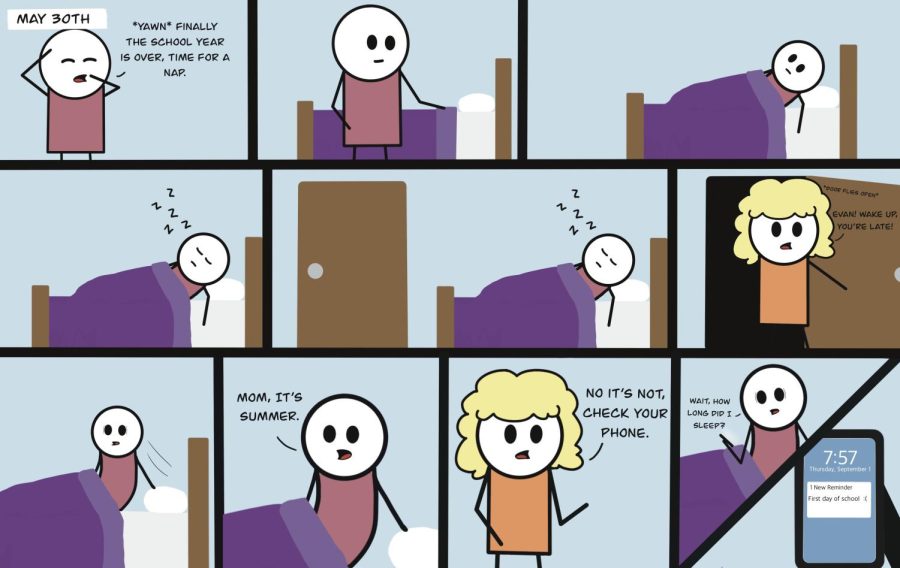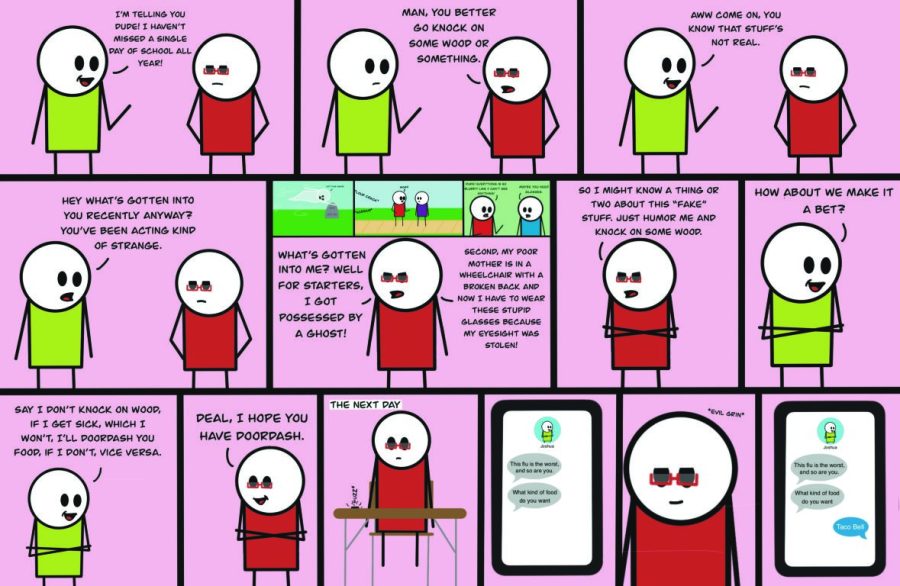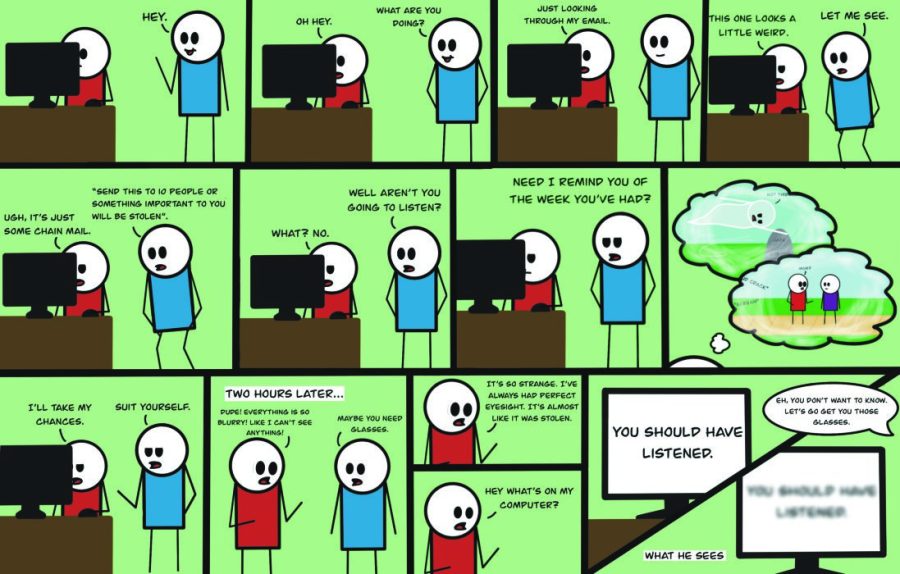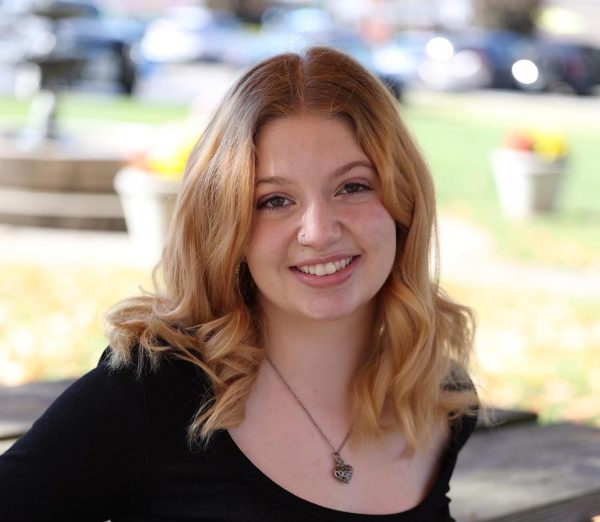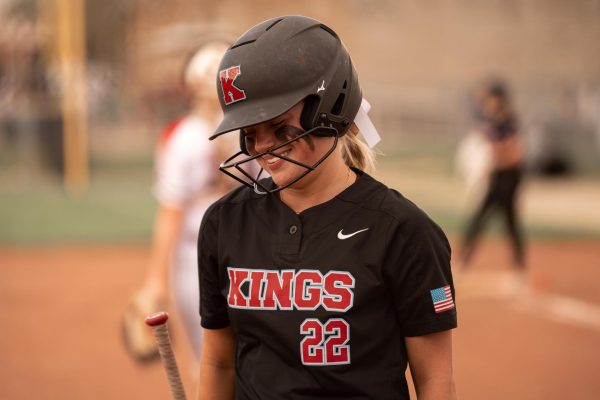The mind peace room: a resource for students’ mental health
The room is set up to make the students feel as comfortable as possible, with soft lights and calming music students can adjust to their preferences
The mind peace room was brought to Kings to help students find ways to take better care of themselves and give them resources to use when managing their mental health. Students’ mental health has always been a concern for the district, especially after the pandemic it became even more important.
“Mental health has just become such a big part of what we do in our schools and it’s impacting so many more students and something I’ve seen over the years that’s grown. There’s definitely a need, and it’s something that’s very much talked about,” Jeff Miller said.
Near the end of last year, Kim Sellers brought the mind peace room to Kings High School. She first mentioned the opportunity to bring a room to some of the Kings district schools through a grant program. It was associated around helping students who have a lot of anxiety and general mental health issues, mostly surrounding school and class. This grant was only ready for elementary schools at the time but last year Miller found a way to bring one to the high school through some creative funding sources and brought it to the building through Beech Acres.
“[Beech Acres is a] community partner for school-based therapy and they provide some prevention services. They would run small counseling groups like how to manage stress. They can study skills and they can do different types of groups. We have a hard time getting high school students to do that because they have to miss classes. We make referrals for students who need more support than we’re able to in our position because we don’t have the time. They’re outside therapists that work in our school,” Heidi Murray said.
Murray, one of the high school counselors, oversees the room generally. Paraprofessionals are scheduled there to supervise students directly. Last year, the program started in the middle of the year and had one paraprofessional who specifically was assigned to the room for most of the day.
“This year, we’ve had to be a little more creative, and we’ve got a few different paraprofessionals over there. But we do schedule that per student so Mrs. Murray works with them, she knows she can use that room, through her contacts in the counseling office and what she knows about students. We schedule them in there and then we have the paraprofessionals who are available to help. So we’re actually training parents and paraprofessionals right now in what the room looks like, how it operates, and everything,” Miller said.
The Mind Peace Room not only gives students a chance to take a break and feel better in the moment, but it also helps build the skills necessary to overcome their struggles and empower students.
“What’s really important to me, and what I really liked about the mind peace room, is it wasn’t only just a place for students to go and take a break, but it’s a place where they can build skills that will help them deal with some of the mental health issues that they go through on a daily basis as well. So it gives them tools. Many of them already have those tools through other help that they received, but there’s more tools that they have to not only to start feeling better in the moment, but to build skills to where the duration of how they’re feeling and the intensity reduces over time,” Miller said.
When students first walk into the room they sign in on a Chromebook and fill out how they feel by picking one of many options and rate the level of the emotion they are feeling. At the end of the session, about 20 minutes, they fill it out again saying how they feel now and they rate it. This helps the school keep track of whether the room is helping or not and how to help the student more individually as well as see the overall data.
The students are able to set the mood in the room by turning on an essential oil diffuser, neon jellyfish light, salt lamp, or a color-changing lamp. They may also turn on some calm and relaxing music if they so wish.
There are three stations the students can use. The first station is body movement. This allows the students to decompress and release any built-up energy or tension they might have by using resistance bands, a balance board, or practicing yoga.
The second station is mindfulness. Here the students can read books, do breathing exercises, or use cards with mindfulness exercises on them such as guided meditations. There are comfortable seats the students can use and a small weighted shoulder blanket.
The third station is self-reflection. There are some books, worksheets, and pens and pencils that they can use to journal about how they feel, why they feel that way, and so on. This station isn’t as popular because not all students are comfortable using it but they are encouraged to try it and see what they like best. Some students will spend more time at other stations but are encouraged to use all three stations because they can all be helpful in different ways.
“I would love for it to be a full-time thing where it’s open every single bell, students are used to it and they know exactly what it’s for. That they feel like, today I could really use that. It’s a supplement to what they do on their own or they start there and then students at some point don’t need it because they’ve practiced enough that they that it’s become part of their life and they can do it. So I just really would like it to be something that is just a natural part of our school building. Used just like any other resource. There’s no stigma to it, that it’s just this great place to go and practice things that will help you be happy, healthy, and productive,” Murray said.
Before this is possible though Murray wants to give the adults a chance to get used to the rhythm of it because Tim Beattie ran it last year but he left for another school. Afterwards she hopes to open the room up to more students.
“It could be anybody who really wants to on a regular basis practice things that help them to manage their stress, and regulate when they’re feeling very anxious, so that you’re practicing them when you’re not in the heat of it. So when you are feeling these intense feelings of anxiety, stress, anger dysregulation that you can call on those things that you’ve practiced, and they’ll actually work,” Murray said.
If students have any interest in using the mind peace room they can contact their counselor.
Heidi Murray (A-D)
513.398.8050 ext. 11005
513-459-2950
Chris Griffin (E-K)
513.398.8050 ext. 11078
513-459-2949
Erika Volker (L-Q)
513.398.8050 ext.11004
513-459-2951
Alex Garvin (R-Z)
513.398.8050 ext. 11003
513-459-2948
Want to show your appreciation?
Consider donating to The Knight Times!
Your proceeds will go directly towards our newsroom so we can continue bringing you timely, truthful, and professional journalism.
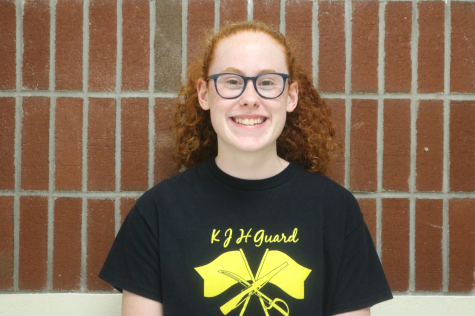
Paige is a senior and Editor in Chief of the Knight Times. This is her second year in journalism and she joined journalism to improve her writing skills...





